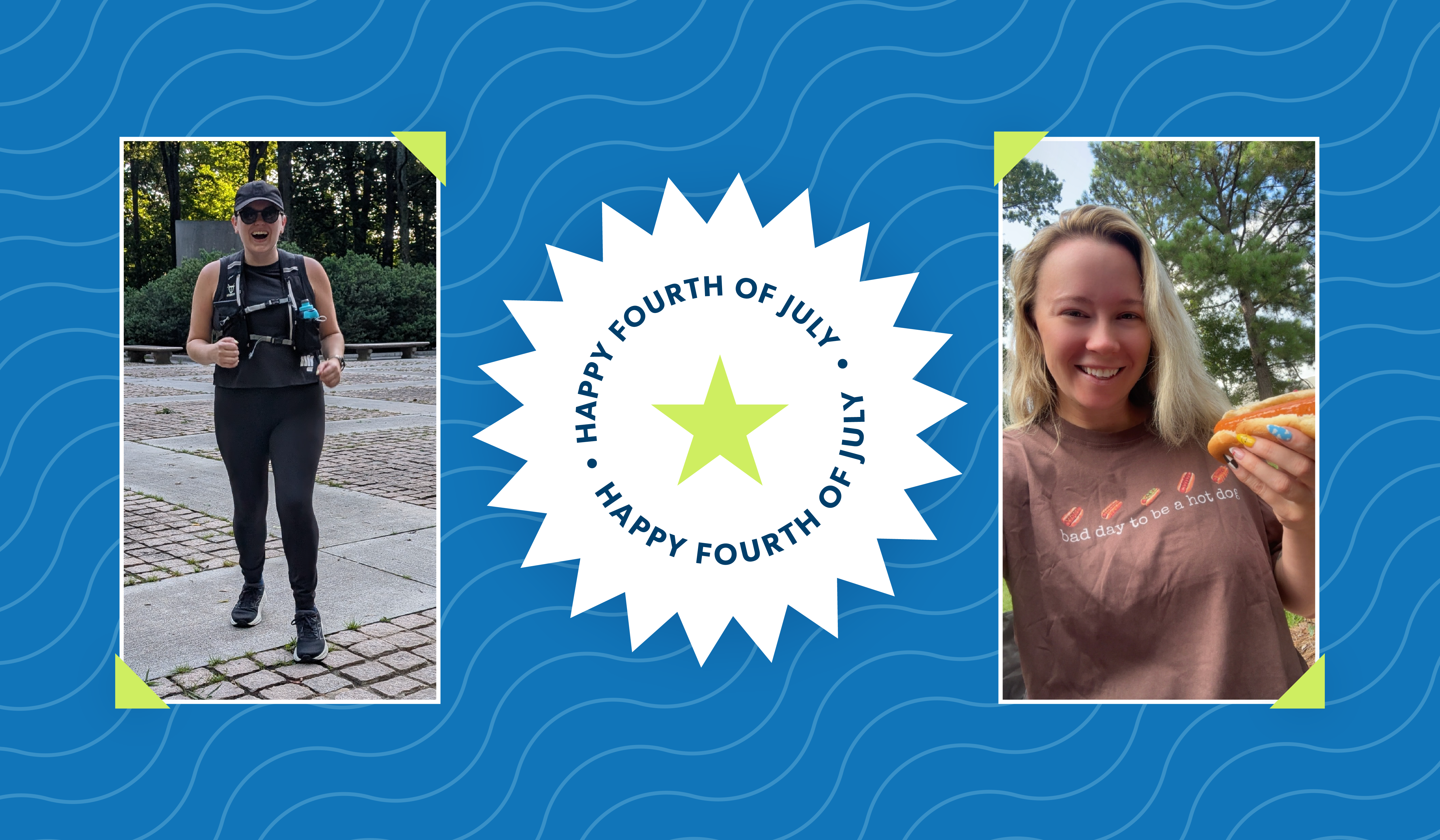
3 Simple Questions to Maximize Your Outreach Impact
A peek behind the curtain by DCG’s Brent Wingfield and John Diem
Your headlines and images are polished. Your copy is tight and professional. Your call to action (CTA) is perfectly defined and crafted. After meticulous research and planning, your outreach campaign has been deployed. There’s only one problem:
No one is responding to it.
For all the beauty imbued into what you have to say and how you say it, the audience for the message is notably absent — or just doesn’t seem to care.
After you spend some time spinning your wheels with limited success, you find that your campaign has become a very big fish in a very small and over-generalized pond.
It’s not uncommon over the course of outreach campaigns to find that you’ve basically painted yourself into a corner with your outreach strategy. So, how does your organization build an effective outreach strategy that keeps your message alive and moving? How does it stay relevant and achieve its desired impact?
“When you speak to everyone, you speak to no one.”— Seth Godin
The answer lies in a constant evaluation/reevaluation of a handful of seemingly “simple” concepts:
1. Who is your competition?
- Who are your “competitors?” Competitors may not always be in direct competition with you. These can also be analogous organizations with similar messaging and goals.
- What do you do better than other organizations? Take an (honest) inventory of your strengths.
- What do other organizations do better than you? Again, honesty (and humility) is key.
An analysis of your competition will often uncover a large number of potential partners who already speak your audience’s lingo and already have their attention.
These “competitors” are often defined by their existence in the space before you or, sometimes, because they’re reaching the audience better than you (no offense). These are the people and organizations who have shaped the terrain, and they often make great vehicles to carry your message forward. Find ways to turn your competitors into collaborators.
2. What is your desired outcome?
- What needs are you seeking to address?
- How is your solution unique to the audience’s problem(s)?
- What roadblocks or hurdles are impeding your desired impact?
Most organizations only try a broad outreach strategy. Instead, you should break your campaign down into a series of shorter, more defined messaging cycles designed to penetrate a specific portion of your audience by speaking directly to their interest in your message.
An example of this would be explicitly targeting specific audience subsets, then generating follow-on content for others. This approach allows you to build more accurate and relevant outreach materials, which better address the needs of your entire audience, progressively.
And most importantly, the cardinal rule of outreach:
3. Do you really know your audience?
- WHO are your primary, secondary, and tertiary audiences?
- HOW and WHERE do they communicate?
- WHAT motivates them?
- WHO is motivating them?
The more you truly know and understand your audience’s
- Communication styles
- Values and beliefs
- Social etiquette
- Humor
- Traditions and cultural norms
- PerceptionsSlang/jargon/language
- Relationships
- Influencers and tastemakers
the more effectively you can engage with and motivate them to your campaign’s benefit.
“Speech belongs half to the speaker, half to the listener.”― Michel de Montaigne
Being able to answer these questions, in granular detail, can make or break any outreach campaign. And whenever you think you have all these things “figured out,” it’s probably time to reevaluate because these concerns are in constant flux. Your ongoing outreach efforts need to evolve as you shape your messaging around emerging obstacles and opportunities, generated by your developing understanding of and relationships in your market.
The actual business of outreach is very straightforward, but the strategic planning behind outreach is what separates “just good enough” outreach from effective outreach.
Looking to enhance your outreach? Send us a note, we’d be happy to chat.



